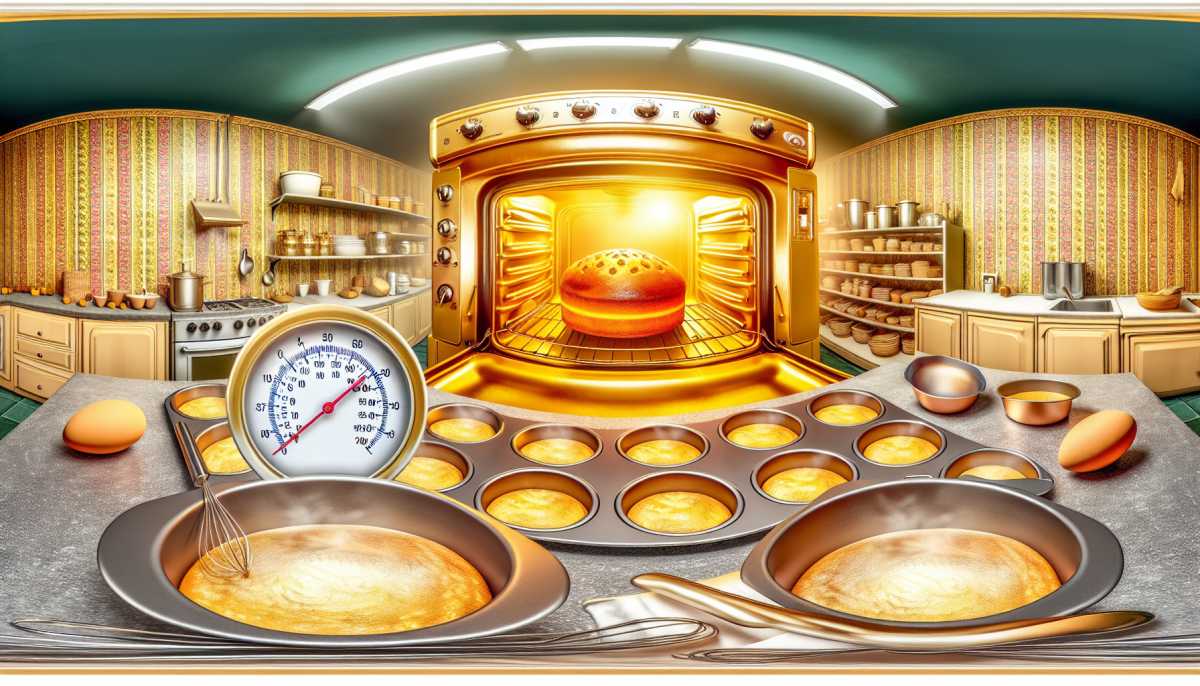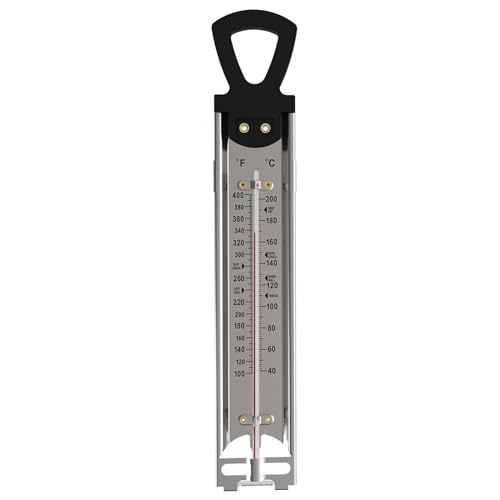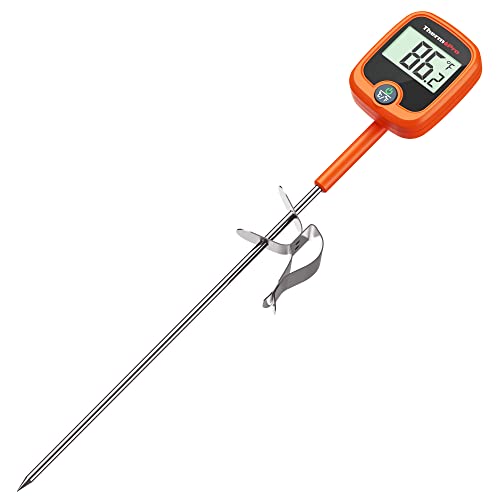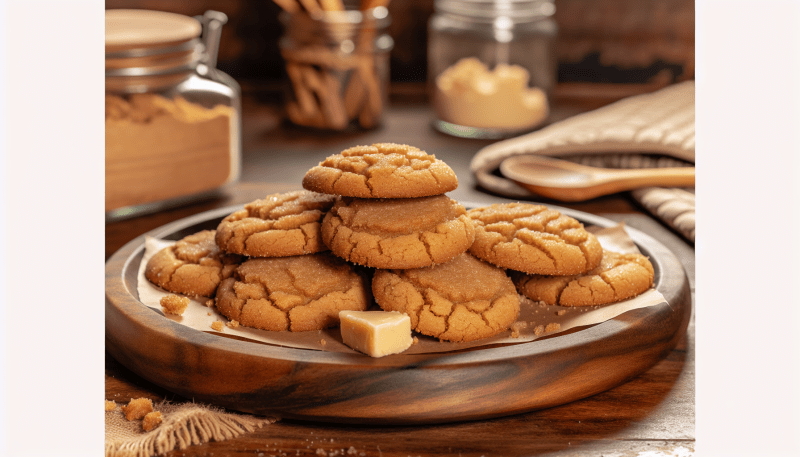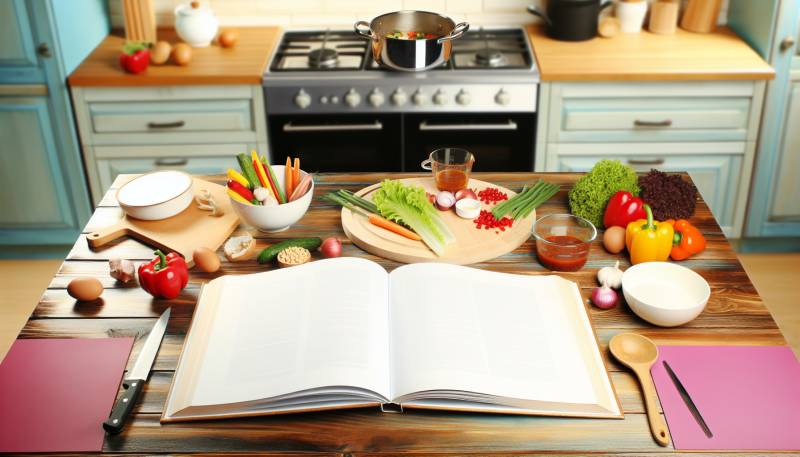Baking is one part science and one part art, and understanding baking times is key to getting it right every time. Different recipes call for different times based on the ingredients, size of the dish, and even the type of oven you’re using. If you're trying to nail that perfect loaf of bread or those gooey brownies, knowing how long to bake them can make all the difference.
For cakes, the general rule of thumb is to check for doneness by inserting a toothpick into the center. If it comes out clean or with just a few crumbs, you’re good to go! Typically, cakes bake for about 25 to 35 minutes. But check earlier if you're making a smaller cake or cupcakes - they can be done in as little as 15 minutes!
Breads require a bit more attention. A standard loaf usually bakes for 30 to 40 minutes, but the best way to tell if it's finished is to thump the bottom. If it sounds hollow, you’re on the right track! Also, some bread recipes call for steam or a specific temperature drop halfway through, so be sure to follow those instructions closely.
If you’re whipping up cookies, most bake anywhere from 8 to 12 minutes. Keep a close eye on them, as they can go from perfectly golden to overdone pretty quickly. Once you see the edges are set and lightly browned, pull them out! They will continue to cook a bit on the tray.
Common Baking Time Mistakes to Avoid
Baking can be a bit tricky, and sometimes the timing can really throw you off. Here are a few common mistakes folks make with baking times that you’ll want to avoid.
First up, not checking your recipe correctly. It sounds simple, but if you’re flipping between different recipes or skimming through, it’s easy to miss important details about baking time. Always double-check that you’re looking at the right one, especially if it’s for a different oven or altitude!
Another frequent mistake is not knowing your oven well. Every oven can be a bit different—some run hotter, while others might bake slower. If you notice that your baked goods are consistently not cooking through at the suggested time, invest in an oven thermometer to make sure your temperature is spot-on.
Then there’s the classic case of 'I can totally multitask!'. It’s tempting to start other chores while your cake is in the oven, but things can go south fast. Set a timer, and stay close by for at least the first half of the baking time. You’ll kick yourself if you forget and end up with a burnt treat!
Lastly, avoid the urge to open the oven door too frequently. It’s like giving your cake a cold shower! Each time you peek, you let heat escape, which can throw off the timing and affect texture. Try to wait until the minimum baking time is up, and then check things out. Keeping these tips in mind will lead you to baking success!
Tips for Accurate Oven Temperature
Getting the oven temperature just right is key to making your bakes turn out perfectly. Did you know that not all ovens heat the same way? Here are some handy tips to help you ensure your oven is at the right temperature before you start baking!
First off, invest in a good oven thermometer. They’re pretty affordable and can give you an accurate reading of your oven’s actual temperature. Just hanging it on the rack won’t cut it—you want to place it in the center, where your food will be. Try preheating your oven and checking the thermometer after 10-15 minutes to see how it stacks up against the settings you’ve chosen.
Another great practice is to give your oven time to preheat. Many folks rush this step, but letting it sit for the full preheating time ensures that the heat distributes evenly. If you’re aiming for precision, wait until the oven indicates it's ready before sliding in your dough or cake.
Don’t forget to factor in the type of baking you’re doing! Convection ovens circulate air more evenly, so if you’re using one of these, you might want to adjust the temperature down by about 25°F. For traditional ovens, it’s super helpful to rotate your pans halfway through baking to avoid any hot spots. Even small adjustments can lead to much better results.
How to Adjust Baking Times Easily
Baking can sometimes feel like a game of time management, especially when you're juggling multiple recipes or adjusting for different ovens. If you’ve ever worried about underbaking or, worse, overbaking your goodies, you’re not alone! Here are some simple tips to help you adjust baking times easily, so you can achieve those perfect results every time.
First off, always keep an eye on the recipe's suggested time. Most recipes give a range, like "30-35 minutes." Use this as a starting point but remember that every oven is a bit different. If you know your oven runs hot or cool, factor that in when setting your timer. To be safe, try checking your treat a few minutes before the lower end of the range. After all, it’s easier to add time than to take it away!
Another handy tip is to use a toothpick test. Insert a toothpick or a cake tester into the center of your baked goods. If it comes out clean or with just a few crumbs, you’re good to go! If it comes out with wet batter, give it a few more minutes and check again. This method helps you avoid guessing games and gives you that little boost of confidence.
If you’re using a different pan size or material than what the recipe calls for, don't forget to adjust your baking time too. Darker pans absorb more heat and can bake faster, while glass pans may need a little longer. As a general rule, using a larger pan will likely require less baking time, while a smaller pan will need more time. Keep track of those adjustments as you go along!
Finally, make notes of your baking times for future reference. Did something bake perfectly at 28 minutes? Write that down! Over time, you'll build a little cheat sheet that will take the guesswork out of your baking sessions. With these easy strategies, adjusting your baking times will be a breeze, and you’ll be on your way to mastering the art of perfectly baked treats!
